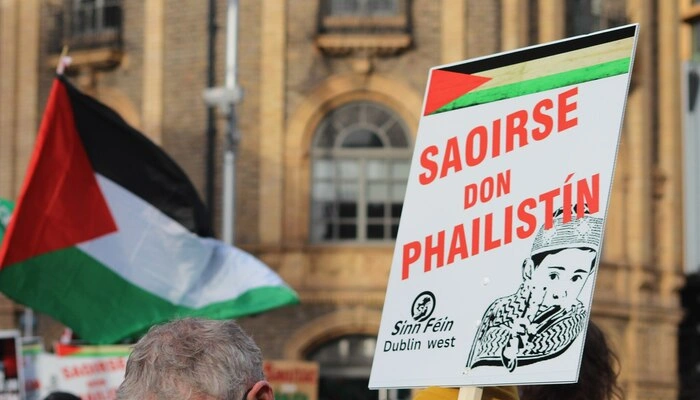
Opposition fighters in Syria achieved a pivotal victory by capturing the city of Hama, a move that holds both strategic and symbolic importance. This triumph, led by Hayat Tahrir al-Sham (HTS), signals a significant shift in the ongoing conflict against the Assad regime. The keyword “strategic victory” encapsulates the capture’s profound impact on the Syrian revolution and its potential to reshape the country’s future.
A Swift and Strategic Offensive
In a rapid offensive, opposition forces seized control of Hama within hours. HTS fighters spearheaded the attack, forcing government troops to retreat without much resistance. The capture of Hama opens a critical pathway for opposition forces to expand their control, particularly along the Aleppo-Damascus M5 highway, which connects key cities like Homs and Damascus.
Read: Israeli Attacks Intensify as Gaza’s Humanitarian Crisis Deepens
Hama’s Symbolic Weight in Syria’s History
Hama’s significance extends beyond its geography. The city has a grim legacy tied to one of Syria’s darkest chapters. In 1982, Hafez al-Assad, father of current president Bashar al-Assad, ordered a brutal crackdown on the Muslim Brotherhood, which had briefly taken control of Hama. Thousands were killed as the regime bombed the city and conducted mass executions. Estimates suggest the death toll ranged between 10,000 and 40,000.
This massacre left a lasting mark on Syria, instilling fear and silence across the nation. Hama became a symbol of resistance and repression, and its capture by the opposition represents a shattering of that fear for the second time since the Syrian uprising began in 2011.
Renewed Hope for the Syrian Opposition
Inhabitants of Hama celebrated what they called the liberation of their city from Assad’s control. Scenes of political prisoners being freed and statues of Hafez al-Assad being torn down sparked hope for many Syrians. Some analysts believe this victory could reignite momentum for the opposition, which has struggled against government forces in recent years.
Robin Yassin-Kassab, a Syrian conflict expert, emphasized the capture’s importance, stating, “The fall of Hama signals a resurgence of the Syrian revolution.” The city’s liberation is seen as a critical step in the opposition’s broader campaign to dismantle Assad’s grip on power.
Strategic Pathways Beyond Hama
Hama’s location makes it a gateway to critical regions. The city connects to Homs, another vital stronghold, and provides access to Damascus and the coastal provinces of Tartous and Latakia. These coastal areas are Alawi heartlands and host Russian military bases, underscoring their strategic importance.
If opposition forces capture Homs, it could split the regime’s strongholds and mark the beginning of Assad’s decline. HTS has reportedly offered reassurances to protect minority communities, attempting to ease tensions as they advance.
A Defining Moment in Syria’s Conflict
The fall of Hama represents more than a military win—it’s a defining moment in Syria’s ongoing struggle. As opposition forces consolidate their gains, the possibility of advancing toward Damascus grows. This victory may prove to be a decisive chapter in the country’s pursuit of change, with Hama standing as a symbol of resilience and renewed hope.
Follow Day News on Google News, Instagram, YouTube, Facebook, Whats App, and TikTok for latest updates











